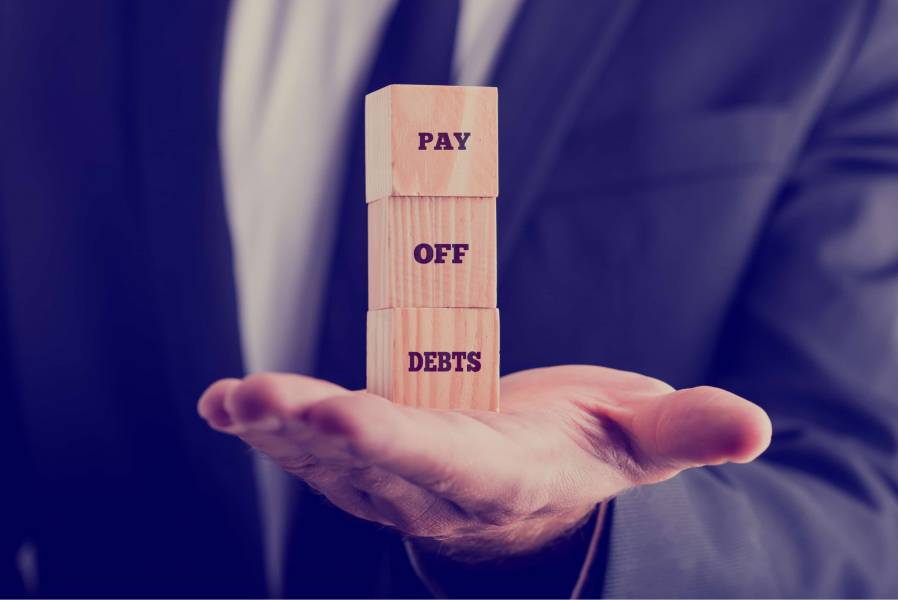There are several ways to tackle paying off outstanding debt. The debt snowball and debt avalanche methods are two of the most effective. They’re similar, but there are some distinct differences between them. In the sections below, we’ll go over what those are and which of these two strategies will save you the most money over time.
The most common question in the snowball vs avalanche debate is, which payoff method takes the most money out of your pocket? That’s one way of looking at it, but both methods save you money because they speed up the debt payoff process. Making extra payments on your accounts lowers the total interest payments you’ll have to shell out to discharge the debt.
How the Debt Snowball Method Works
Each of these methods begins with making a list of all your debt accounts and prioritizing them in the order you want to pay them off. You’ll make your minimum monthly payment on all accounts and then an extra payment on your “target” account. With the debt snowball, the target is always the account with the lowest balance owed.
The goal of using the debt snowball approach is to build momentum by getting some early “wins” by paying off those small balances. Each progressive step presents a larger target, but you’ll be able to see your debts disappear in rapid succession at the beginning of the process. That motivates people to continue. The debt snowball is effective, but it won’t save you the most Debt Avalanche Focuses on Interest Rates
Credit cards, loans, and mortgages all come with interest rates. With the debt avalanche approach, instead of ranking your debt accounts by balance, you’ll order them by interest rate, from high to low. This makes your “target” account the one with the highest interest rate. It will typically be a credit card. The average interest rate on credit cards is 15.91%.
Paying off the debts with the highest interest rate first is more difficult psychologically. You’ll still make all your minimum monthly payments, but you won’t get the same early wins that you get with the debt snowball. The first target account could easily be your highest balance, not your lowest, so you need to remain disciplined throughout this process.
Credit card and loan balances increase more rapidly when they have high interest rates. If you’re using the debt snowball and that small balance account has a low interest rate, the accounts with higher rates are still growing. Prioritizing paying off debt with high interest rates brings down the overall cost of your total debt payoff plan. Simply put, the debt avalanche saves you more money.
Which Strategy is Best for You?
If your goal is to save money, go with the debt avalanche. If you have difficulty maintaining a long-term plan without instant gratification in the early stages, go with the debt snowball. Neither is the “wrong” way to pay off debt. In the end, you’ll be debt-free. That’s a mission worth embarking on. Take a deep breath, make a commitment to follow through, and get it done.
Sources:
https://www.businessinsider.com/personal-finance/average-credit-card-interest-rate

Founder Dinis Guarda
IntelligentHQ Your New Business Network.
IntelligentHQ is a Business network and an expert source for finance, capital markets and intelligence for thousands of global business professionals, startups, and companies.
We exist at the point of intersection between technology, social media, finance and innovation.
IntelligentHQ leverages innovation and scale of social digital technology, analytics, news, and distribution to create an unparalleled, full digital medium and social business networks spectrum.
IntelligentHQ is working hard, to become a trusted, and indispensable source of business news and analytics, within financial services and its associated supply chains and ecosystems





























